Sightseeing Spots
Search Results308
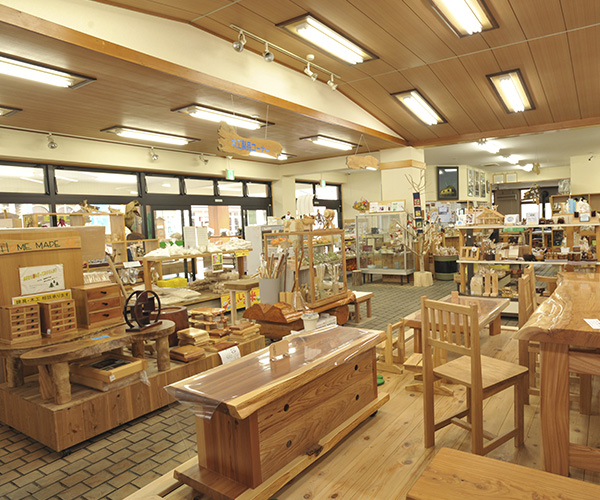
Tokigawa Town, prosperous in local lumber production, is one of the largest producer of wood fixtures in the Kanto region. While our shop focuses on wood fixtures, we also sell furniture, handicrafts and agricultural products made with warmth and care by our master craftspeople. We also accept consultations for made to order wood fixtures and furniture. How about owning your own one-of-a-kind item?
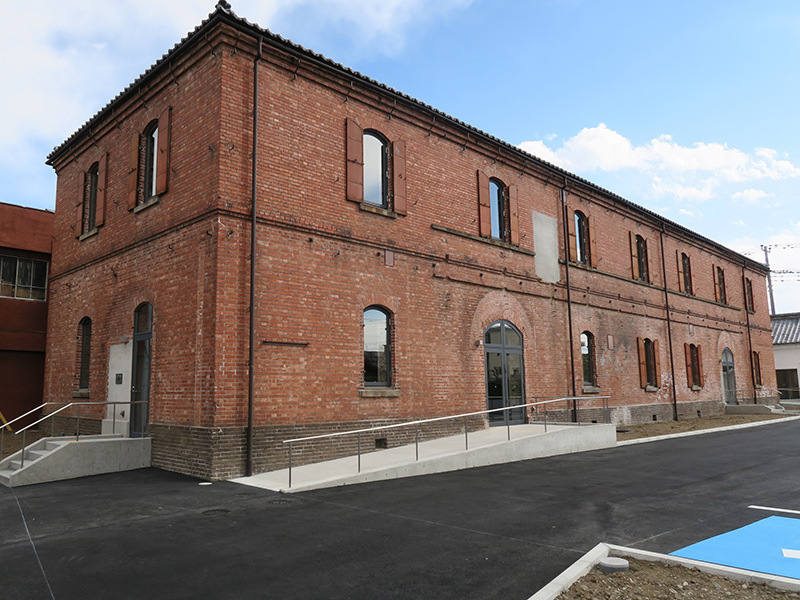
Built in 1896, this brick warehouse supported Honjō's silk industry with the storage of cocoons and silk. It is a nationally registered tangible cultural property.
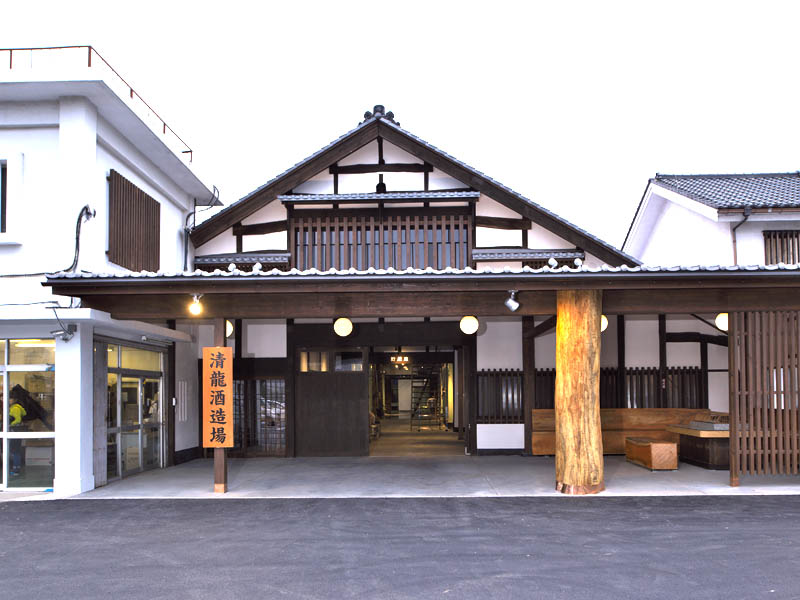
Seiryu Brewery is famous for being both the biggest producer in the Kanto region and for offering superb taste and top quality. Beginning with their concept of "showing the face of the brewer to inspire trust in the customer," they were the first in the local industry to sell sake at the brewery directly to the customer.
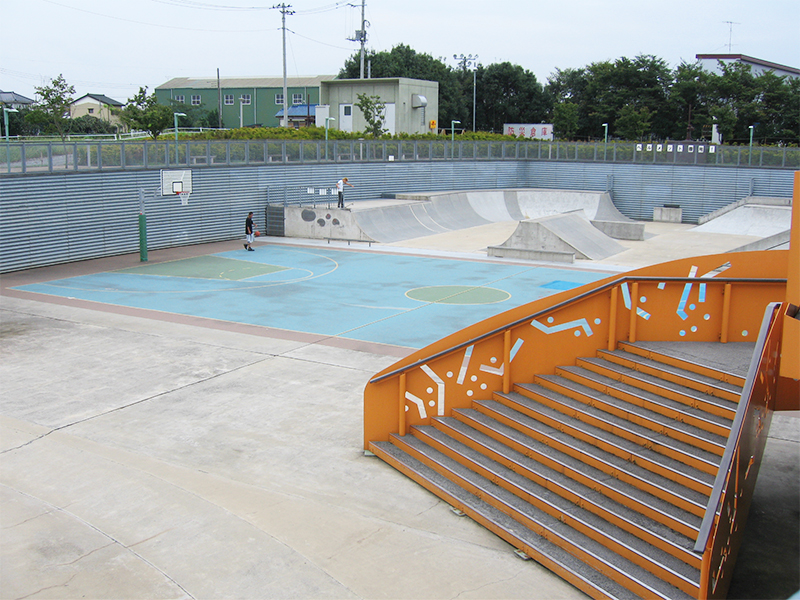
A park born from a conversation between the city mayor and a young participant of a Coming of Age Ceremony, it features a skate park, basketball court and an outdoor stage, making it rare within the prefecture. During heavy rain, the park becomes a regulation pond to reduce flood damage to nearby houses.
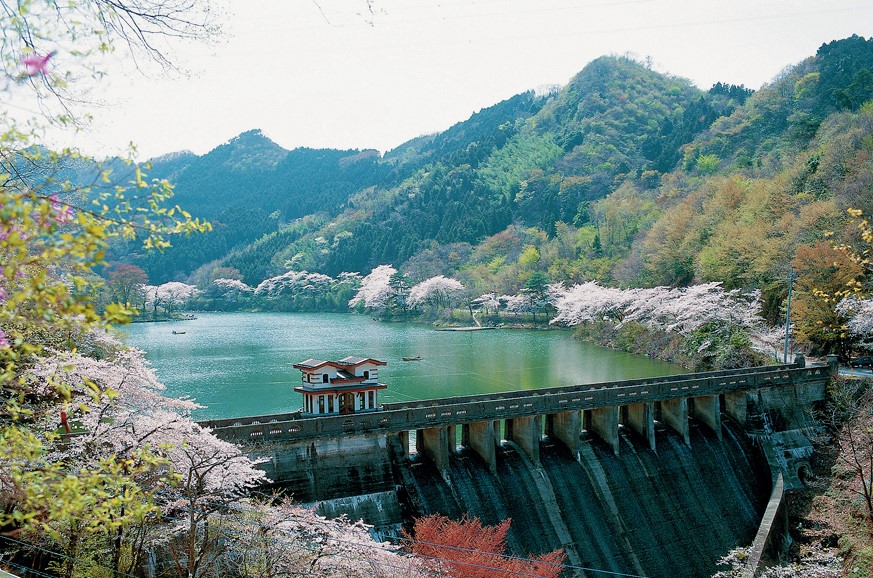
This is the oldest remaining gravity dam for agricultural use in eastern Japan. The weir of the dam and its management bridge are both registered as tangible cultural properties of Japan. The area is also known as a famous place for fishing for crucian carp and Japanese smelt (wakasagi). You can also enjoy the cherry blossoms in spring and vividly colored leaves in autumn.
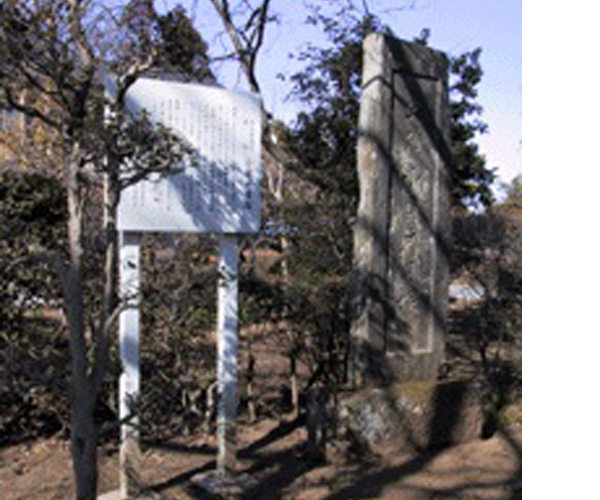
A shell midden (refuse mound) from the first half of the Jyōmon period (about 7,000 years ago). At this time in history, the climate was warmer and the ocean was more inland compared to now. The mound mainly consists of the Japanese basket clams that inhabit the brackish waters of the region, but there are also shells of the Japanese littleneck clam, common Orient clam, and blood clam. The mound is located behind the Kannon statue in the fifth temple of the Adachi Bandō pilgrimage route.
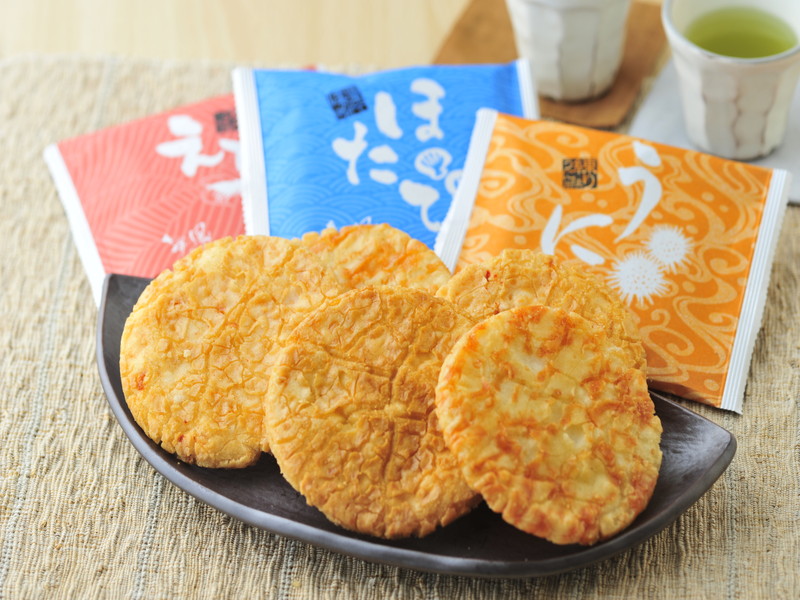
Our rice crackers (senbei) are available from a purchase of one cracker. We have more than 30 flavors available. Our senbei are individually wrapped to make them easier to eat, and gifts and seasonal Japanese sweets are also available. There is an “Inauguration Festival” in mid-April, a “Thanksgiving Festival” in mid-October, and a “Thank You Fair” at the end of June and November.

Given its name after Emperor Meiji climbed to the summit, Mt. Tenran (imperial inspection) is the first scenic spot designated by the prefecture. Despite its low elevation, Hanno City can be seen below. The cherry blossoms in spring, azaleas, and autumn leaves make this mountain a beautiful starting point to the Okumusashi Long Trail.
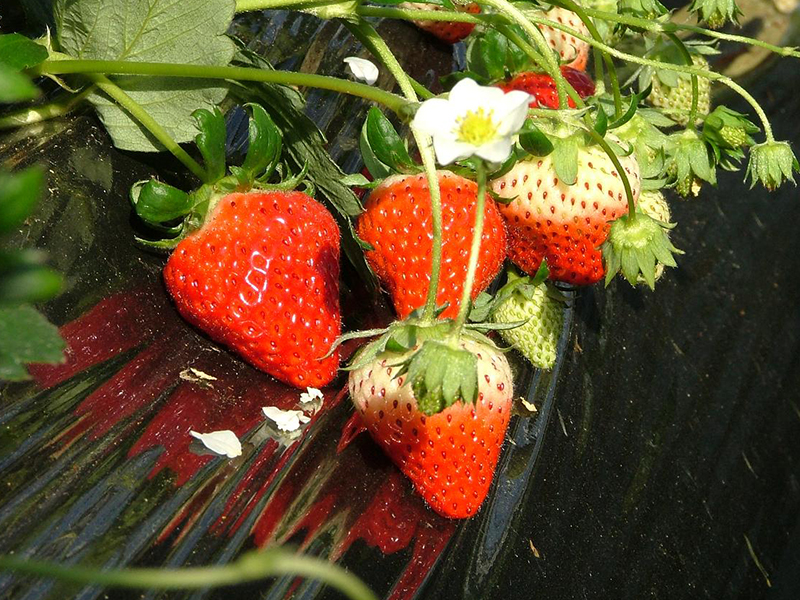
Strawberry picking is available from January to May, grape picking from August to October, and sweet potato digging from September to October. You can also enjoy a barbeque along with seasonal fruit picking with a reservation. For larger groups, please contact us at least seven days in advance for reservations. When making a reservation, please note that harvest conditions may vary depending on weather and other factors. Please contact us in advance to inquire about harvest conditions.
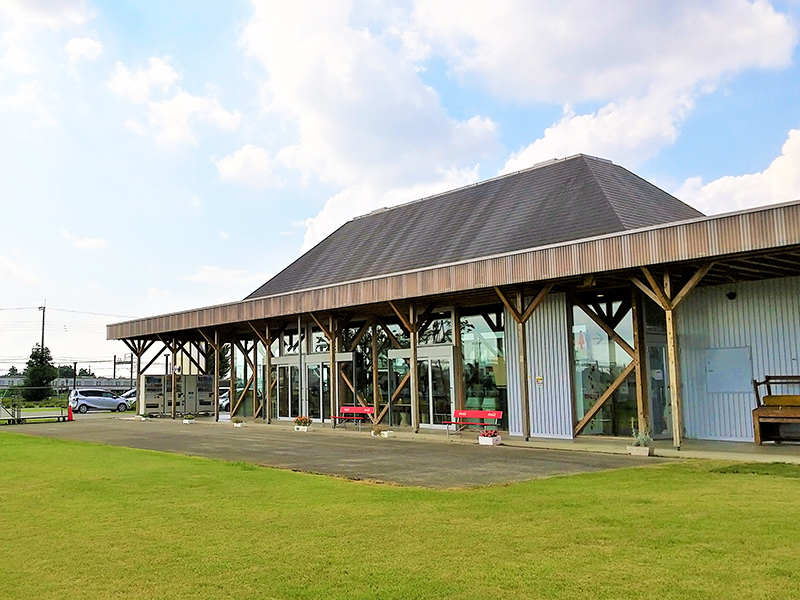
JA Saitama Chuo's Higashi Matsuyama direct sales center "Inahoterasu" is an open building constructed from local wood and natural materials. The name was chosen by the locals with a contest. Inahoterasu symbolizes how the ears of rice (=inaho) will light up (=terasu) a bright future for people. Here you can find a wide variety of souvenirs from Higashimatsuyama City, such as processed pears and chestnuts, yakitori rice crackers, and other snacks!
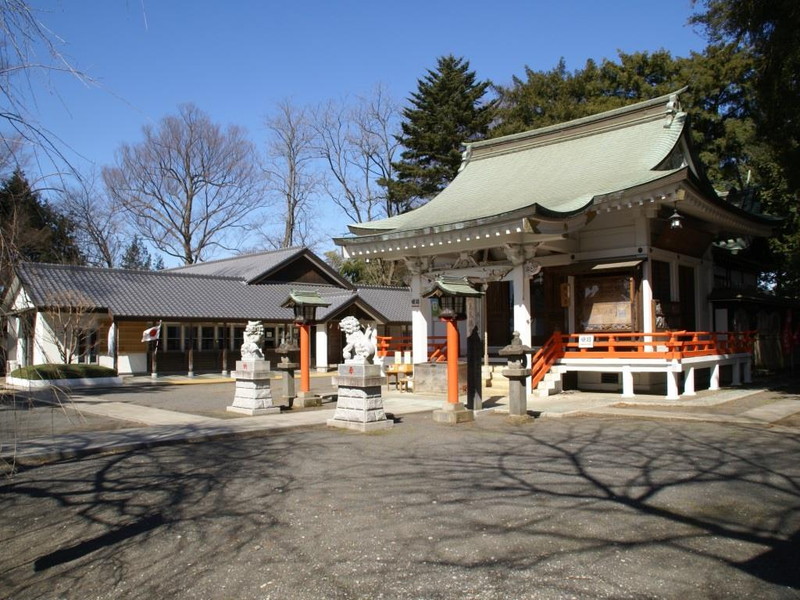
This historical shrine is said to have been founded by Jikaku Daishi Ennin in 849 (Kashō 2). Goshuin (red seal stamps) are also available for visitors.
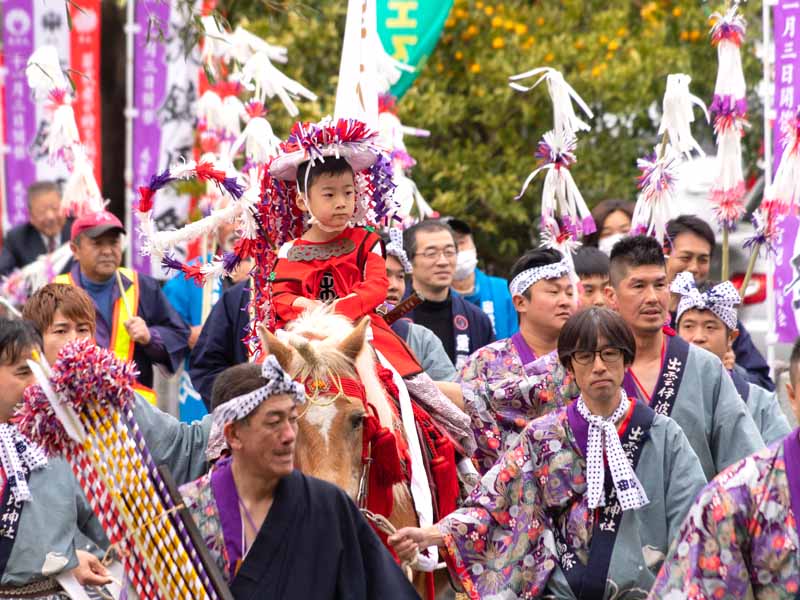
The stage for a powerful display of horseback archery, Izumo Iwai Shrine is the oldest shrine in the prefecture and, together with two building signs, designated as a national important cultural property. According to legend, the origin of the tradition dates back to 1063, when Minamoto no Yoshie visited the area to express gratitude after his successful conquest of Oshu, building the Hachiman Shrine dedicated to the god of horseback archery. Every spring and autumn, young people perform beautiful displays of archery while riding on the backs of galloping horses.
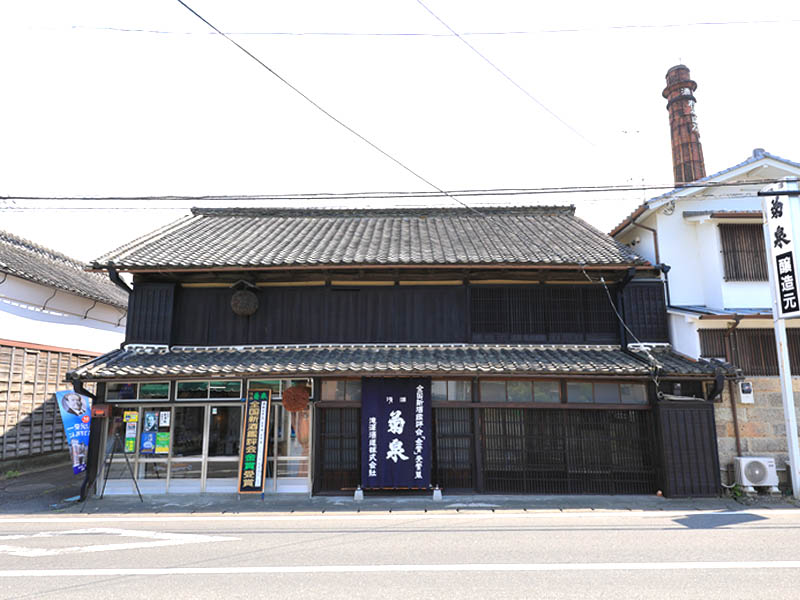
This sake brewery guards traditional techniques that have been in use since 1863. "Tradition is innovation" is their motto that gave birth to their sparkling sake, a product that has gathered attention and been praised, both domestically and abroad. Visit the brewery, interact with the brewers, and come in contact with the history and tradition of Japanese sake!
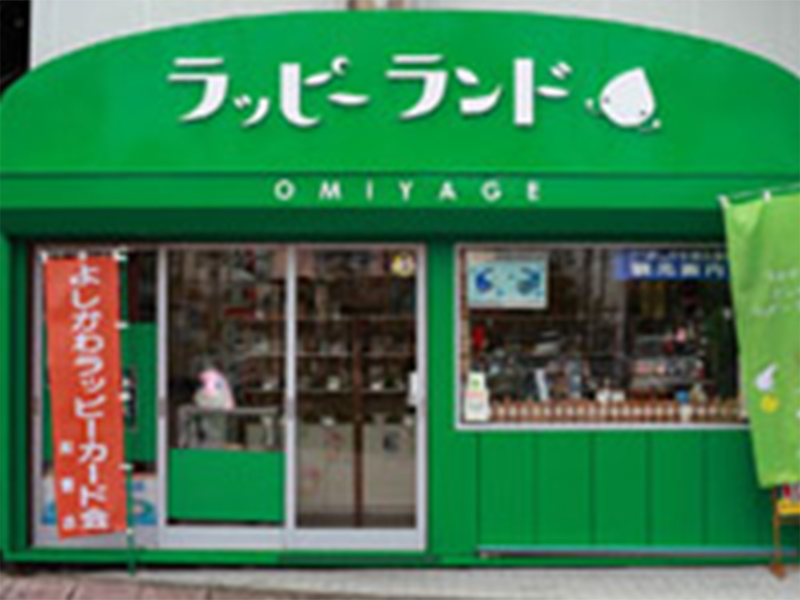
Located at the Yoshikawa Station North Exit on the JR Musashino Line, Rappi-Land offers many goods and souvenirs pertaining to Yoshikawa City, the home of the catfish. There is a wide variety of Japanese sweets such as manjyu, dorayaki, monaka, senbei, and even locally produced cola. You will even be greeted by a real catfish! The shop also serves as a tourist information center, so please stop by when you come to Yoshikawa.
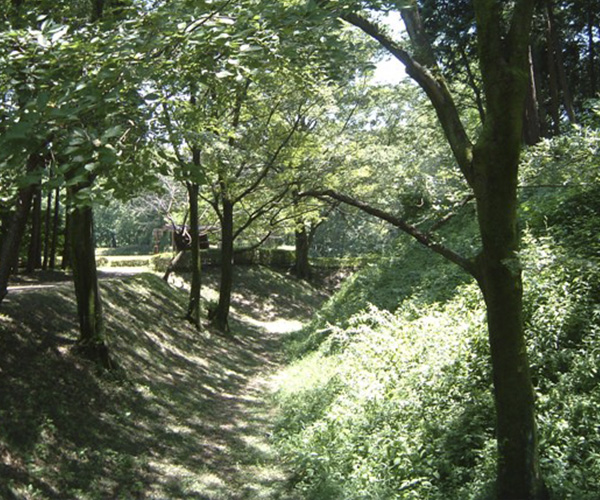
Overlooking the Toki River to the south is the historic castle ruins site "Sugaya Yakata" (designated a national historic site), said to be where samurai warlord Hatakeyama Shigetada built his mansion in the early Kamakura period (1185-1333), and inside of which exists a museum dedicated to the historic remains of Ranzan Town. The area is also known for its native Mountain Lily (yamayuri), in peak bloom in July. There are also plum and cherry trees. Ranzan Town is home to two of Japan's 100 most famous castles, and together with "Sugiyama Castle," "Sugaya Yakata" was selected for this honor on April 6th, 2017.
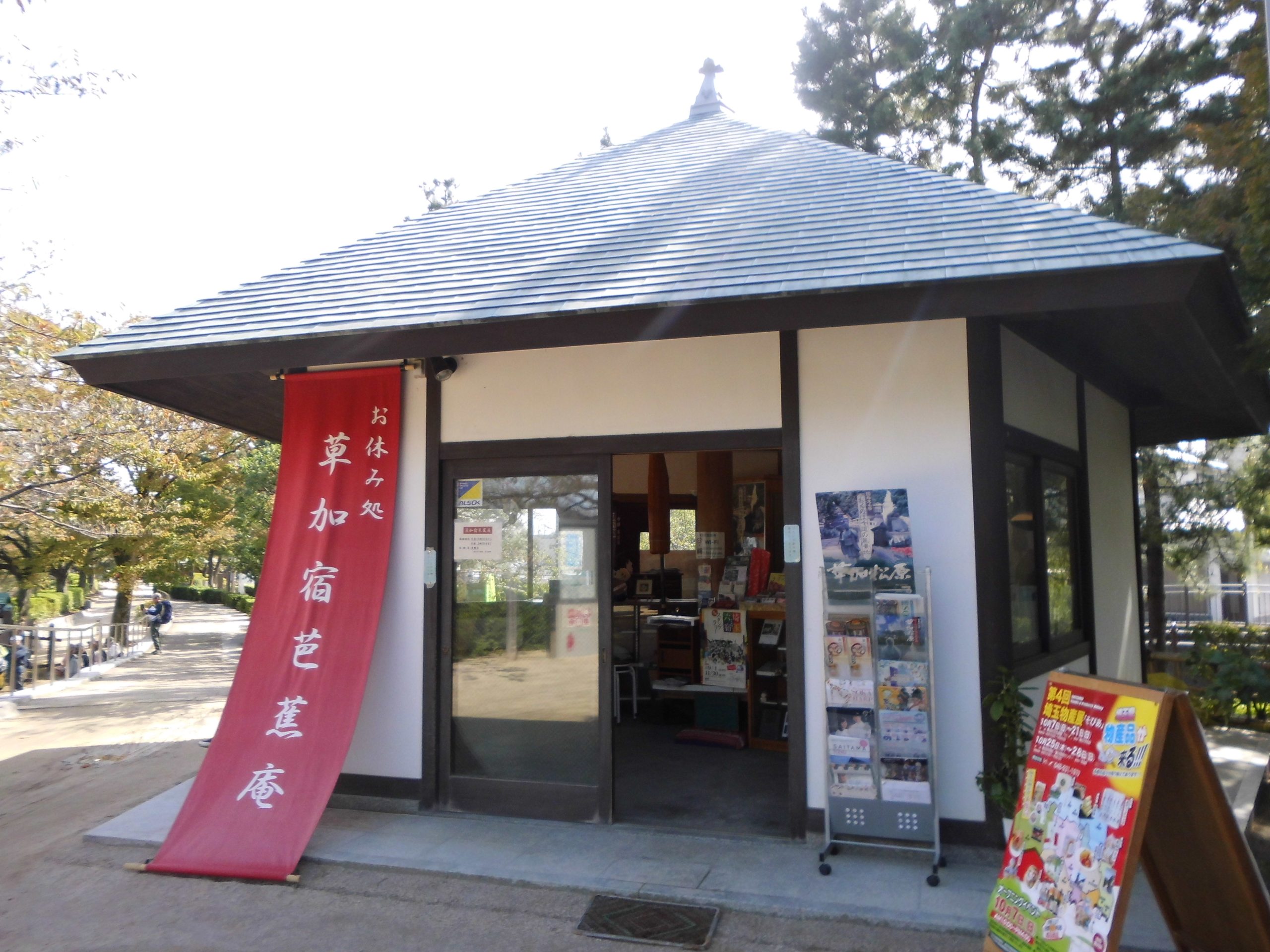
This old rest facility made from local cedar and cypress wood was renovated and reopened on May 16th, 2018 as "Oyasumi Dokoro" (the rest spot). They sell local products such as Sōka Senbei (rice crackers) and provide plenty of tourist information, making it a great starting place for any traveler in the area.
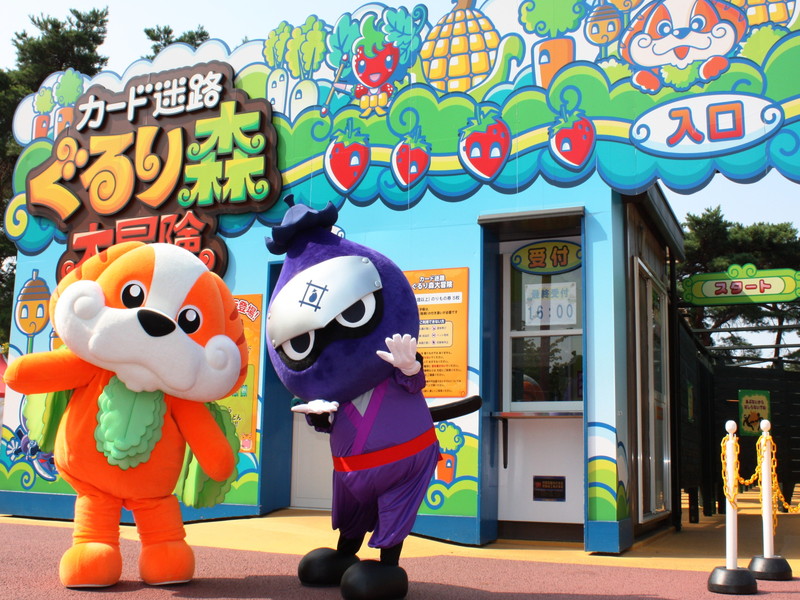
Harvesting experience events are held throughout the year, with tomato and strawberry picking in the spring, eggplant and blueberry picking in the summer, chestnut picking and sweet potato digging in the autumn, and harvesting broccoli, onions, and radishes in the winter. Also, barbecue, camping (mess kit for rice making), and Kazo City’s famous handmade udon workshops are available. From late March to the end of November, there are stage shows of popular children's characters such as Pretty Cure, Kamen Rider and Anpanman. The shows take place on the outdoor stage on clear weather days, and inside the family building hall on rainy days.
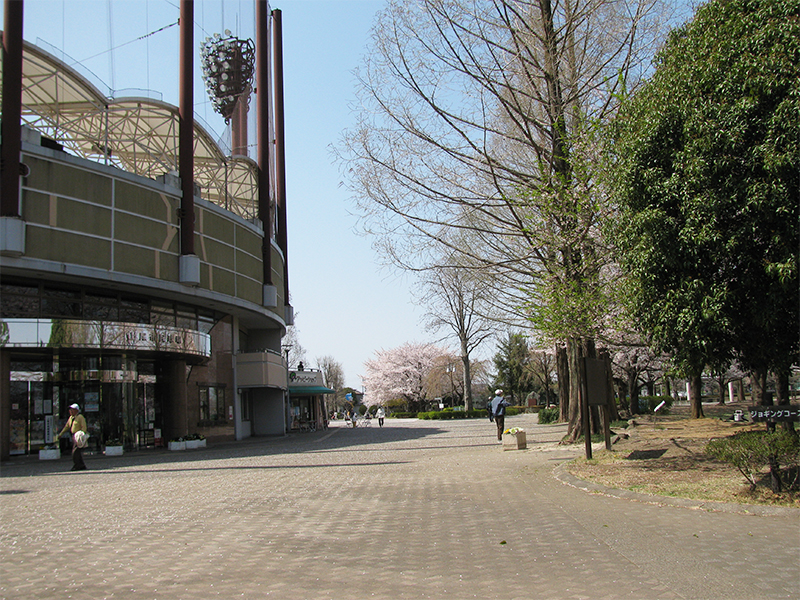
This park provides a place for citizens to interact and relax. It utilizes the natural forest to prove a place to enjoy strolling through all four seasons, a water pool for playing, and many other types of equipment for kids to play.
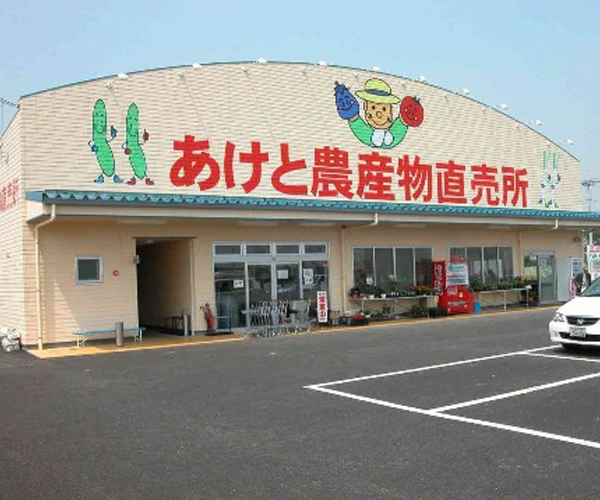
Aketo Farmers Market is a direct sales market founded by investments from local farmers who wished to provide fresh vegetables from the production center of "Fukaya" directly to consumers, and is operated by Aketo Farmers' Market Ltd. They sell local agricultural products and processed goods which are manufactured using local ingredients.
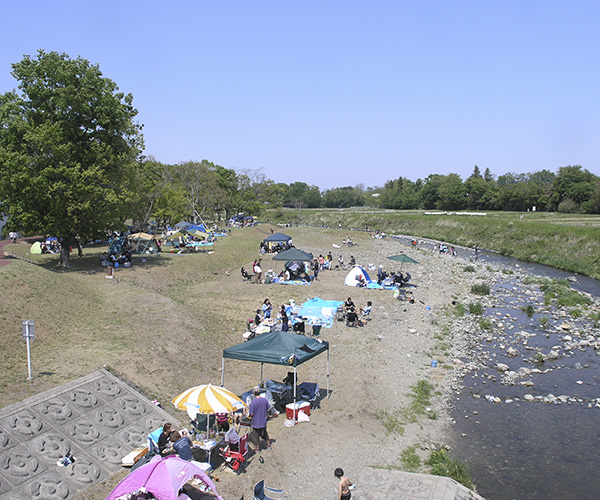
This barbecue area opened along the river in 2013 is the first in Tokyo to be operated by a private company. Reserve your favorite spot by the Toki River and enjoy barbecuing in the great outdoors!
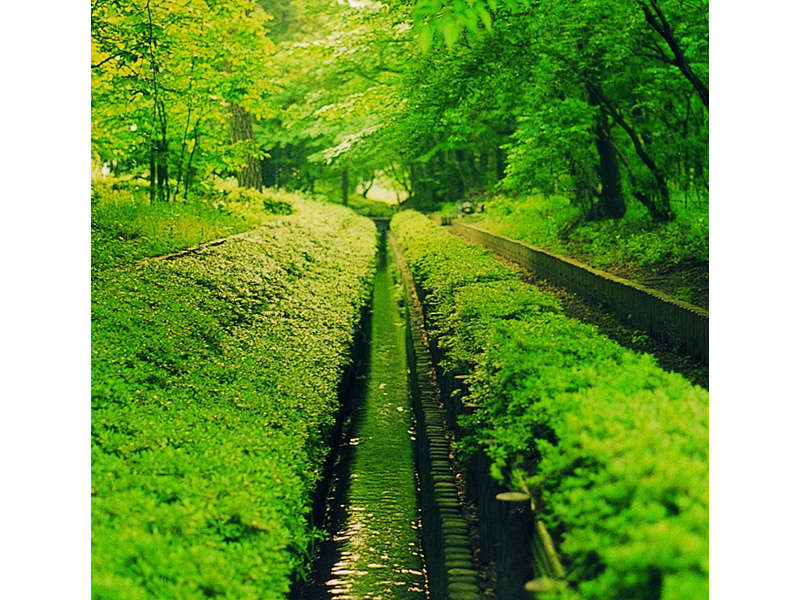
The Nobidome Yosui irrigation canal was diverted from the Tamagawa Aqueduct (Tokyo, Kodaira City) in 1655 to use as drinking water by the pioneers of the plateau, by order of Kawagoe’s daimyō, Matsudaira Nobutsuna, to his vassal, Yasumatsu Kinemon. Today, a promenade set up around the canal transforms this road into a valued spot for nature and relaxation. It has a total length of about 24 km, and also nourishes the rice paddies of Shiki City, Muneoka.
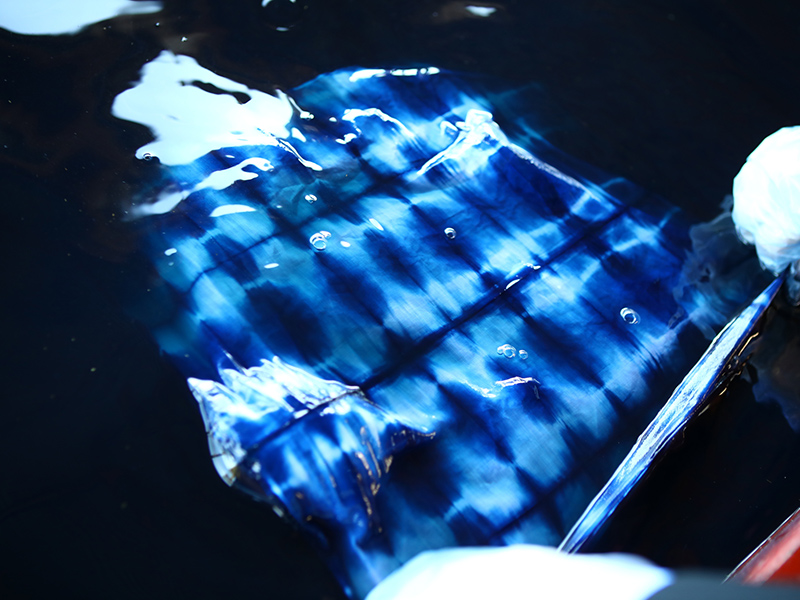
You can experience indigo dyeing, choosing between a handkerchief or bringing in a small item of your own! Dyeing experience participants are also free to visit the adjoined archive museum.
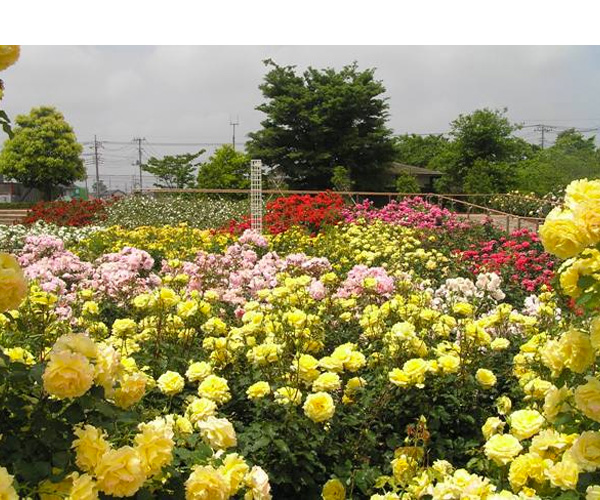
Saitama prefecture's largest rose garden blooms twice a year, once in spring and once in autumn. The best times to visit are from early May to early June and early October to mid-November. There are over 400 varieties and more than 5000 individual roses in this garden of overwhelming beauty. There is also a garden of hydrangeas that blooms in June. Walk through the park and enjoy the relaxing atmosphere, finding various sport and recreation facilities, waterside areas, playground equipment, large sandpits, and much more, which come together to create a stimulating environment with something for everyone!
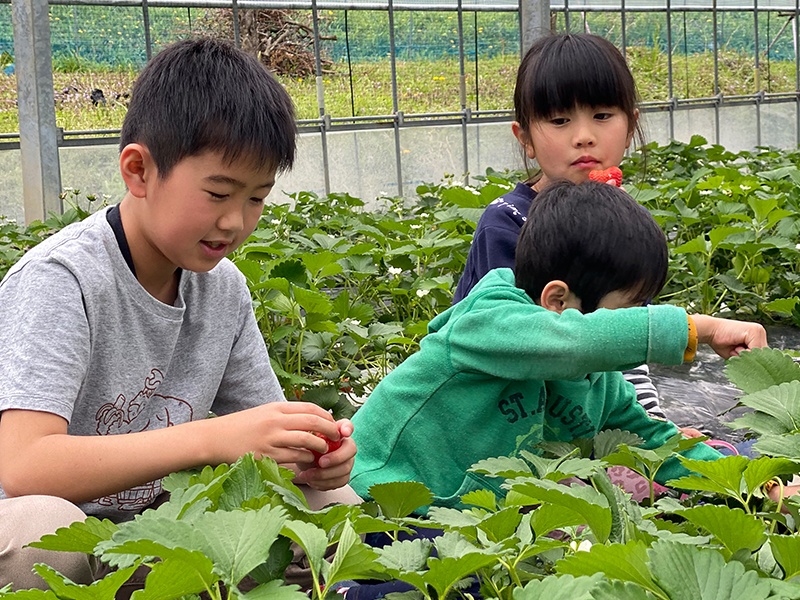
This strawberry farm is located in the peaceful landscape of Ashigakubo in Chichibu. Located on a hill, the view is fantastic! Please enjoy the sweet and juicy strawberries grown in our carefully maintained soil☆
This site uses cookies to improve the user experience. If you continue to browse, you consent to the use of cookies on this site. Accept
CONTACT
